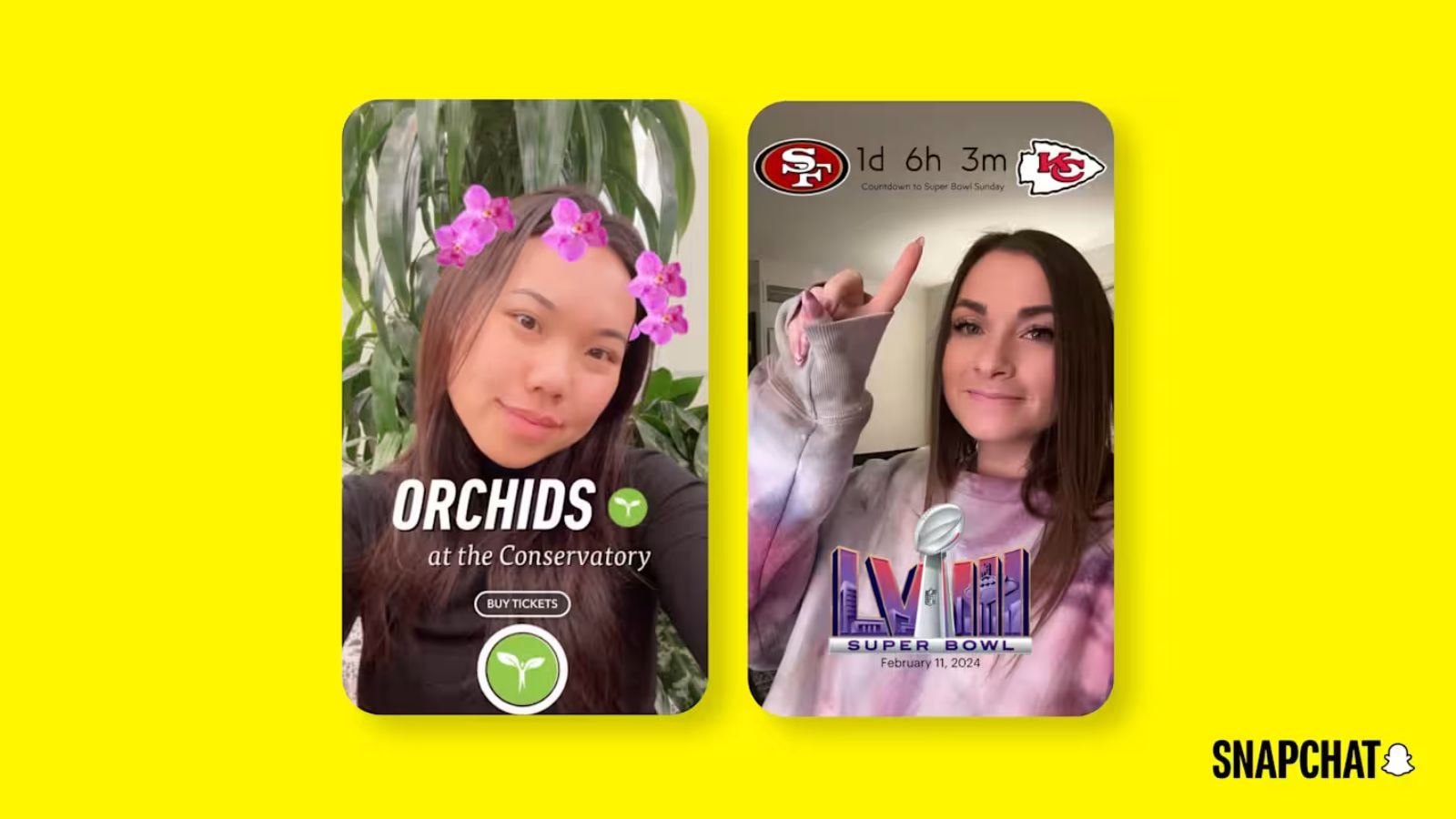Ads on Snapchat capture two times more attention from Gen Z users in India than conventional social media platforms, which receive 34 per cent less attention from users in the same category.
The key driver of Gen Z user attention on Snapchat is its AR Lenses feature, which is essentially a camera effect that adds AI-generated, augmented reality (AR) elements to photos in real-time. “Despite being skippable, Lenses are >2X more effective and 3X more efficient in capturing voluntary, active attention than any other format,” parent company Snap said in a press release on Thursday, August 7.
Adding Snapchat to a media mix can boost attention among Gen Z audiences by up to 22 per cent, it further said. The company also shared findings from a report about multi-platform attention in India that has been jointly released with adtech company Lumen and global media agency WPP Media.
Defining attention as the time during which a person’s eyes are truly on an ad, the report titled ‘‘Attention Advantage’ found that attention and brand outcomes are clearly linked. “The findings introduce a re-evaluation of digital advertising with a new metric, a new model, and a new way forward for targeting Gen Z,” Snap said.
Despite having a notoriously low tolerance for advertising that doesn’t capture their interest and attention, Gen Z users in India cannot be ignored as they are estimated to have a collective spending power that is projected to hit $2 trillion by 2035.
“In today’s digital landscape, attention is no longer a nice-to-have, it’s one of the most critical measures of advertising effectiveness. Yet, it’s often been overlooked. With Attention Advantage, we set out to change that conversation. This research doesn’t only just show that attention matters, it gives brands a practical playbook to plan for it, measure it, and turn it into real business impact,” Amit Chaubey, Head of Marketing Science, Snap Inc. APAC, said in a statement.
The report was drafted with inputs from over 3,000 Indian Gen Z users whose visual attention to ads was measured using Lumen’s proprietary technology. The ads were shown across major digital platforms, with FMCG, auto, quick service, restaurant, and fashion brands running ads from a single campaign in a ‘controlled sandbox’.
Story continues below this ad
Key findings of the report
The report found that a mere 5 per increase in attention can lead to up to two times more gains in terms of brand perception. It also said that attention is eight times better than View-Through Rate (VTR) at estimating brand recall and four times better at predicting brand favourability. VTR is a digital advertising metric used to convey the percentage of users who watch a video ad to completion after being shown the ad.
All types of attention are not equal in delivering brand outcomes, as per the report. “Light attention (less than one second) builds brand recall, but sustained attention (more than three seconds ) is required for deeper connections. However, gains diminish after nine seconds, proving more isn’t always better,” it read.
The report also introduced a new digital advertising metric called Attention Per Mille (APM) that captures how many seconds of attention an ad receives for every 1000 impressions. The cost per APM measures the true cost-efficiency of gaining quality attention.
What can brands do better?
Snap outlined the following three strategies for brands looking to attract more attention from Gen Z users in India:
Story continues below this ad
– Focus efforts on platforms where your audience is most active and engaged as not all channels yield equal returns.
– Combine Non-Skippable Videos with Augmented Reality to maximise both attention and interaction
– Design creatives in authentic, user-generated content (UGC) styles to boost reliability and trust among Gen Z users.

